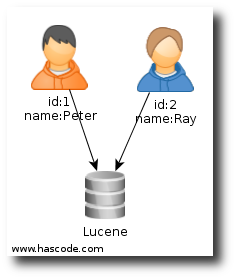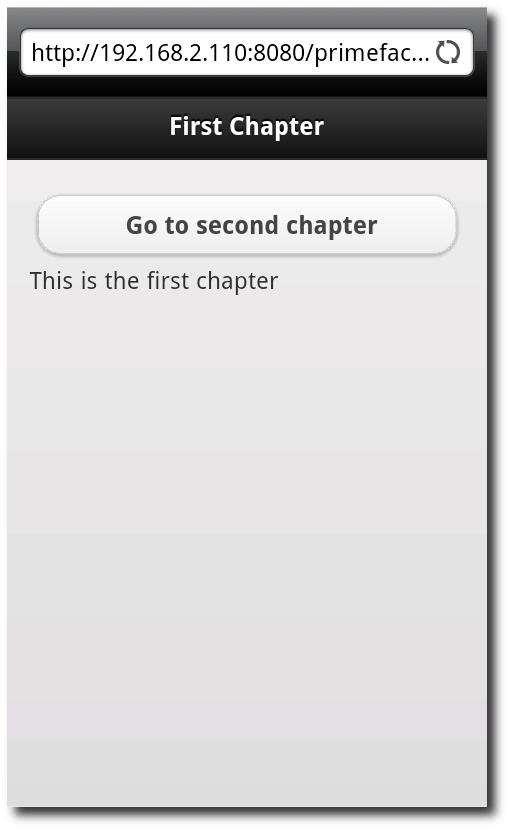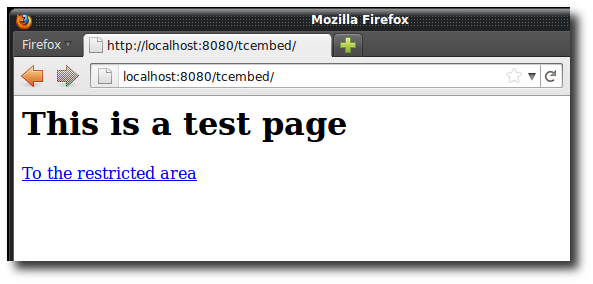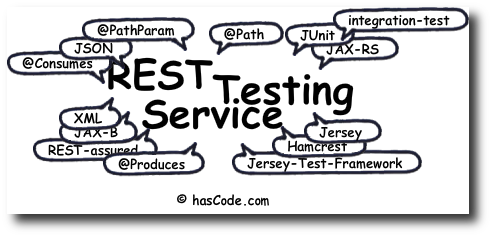
Neo4j Graph Database Tutorial: How to build a Route Planner and other Examples
Often in the life of developer’s life there is a scenario where using a relational database tends to get complicated or sometimes even slow – especially when there are fragments with multiple relationships or multiple connections present. This often leads to complex database queries or desperate software engineers trying to handle those problems with their ORM framework. A possible solution might be to switch from a relational database to a graph database – and – neo4j is our tool of choice here. In the following tutorial we’re going to implement several examples to demonstrate the strengths of a graph database .. from a route planner to a social graph. ...





